Manual material handling (MMH) is a routine but high-risk activity in almost every industry, from construction and manufacturing to logistics and warehousing. Despite advances in automation and safety awareness, manual lifting, pushing, pulling, or carrying still accounts for a significant portion of workplace injuries—particularly back injuries.
So, what is the percentage of back injuries caused by manual material handling? According to occupational health and safety data, over 35% of all workplace injuries are linked to manual handling, and of these, back injuries make up nearly 60%. That means manual material handling is responsible for over 21% of all reported back injuries in the workplace.
This article dives into the statistics, the reasons behind such injuries, and how businesses can prevent them through smarter equipment choices, ergonomics, and safety training. Inspired by this TimesMojo article, we’ll explore how modern material handling solutions help reduce these risks dramatically.
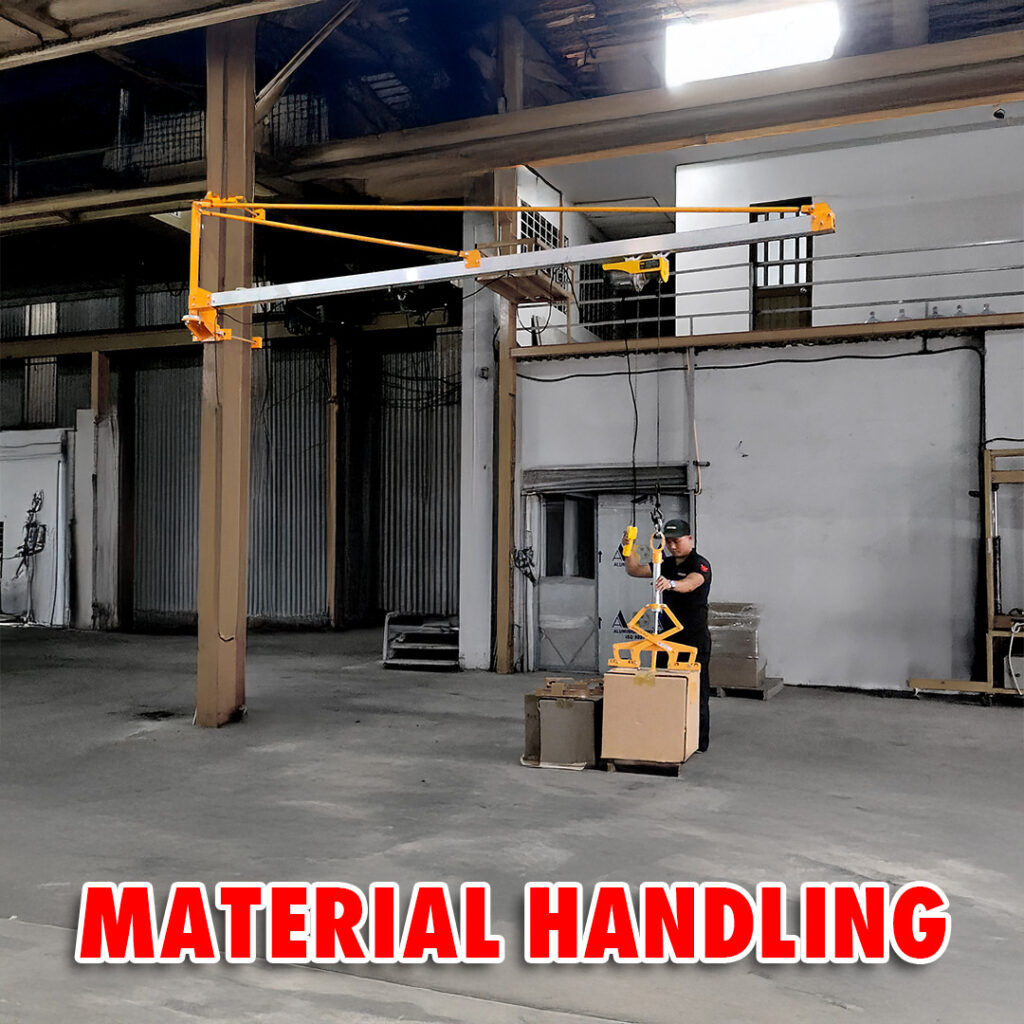
Table of Contents
ToggleWhat Is Manual Material Handling?
Manual material handling involves the physical transportation of items by human workers without the assistance of mechanized equipment. Common tasks include:
- Lifting boxes, crates, or slabs
- Pulling or pushing carts
- Stacking pallets
- Carrying materials by hand across short distances
For a comprehensive understanding of material handling overall, visit:
👉 What Is Material Handling? Types, Equipment, Functions, Safety, and Warehouse Optimization
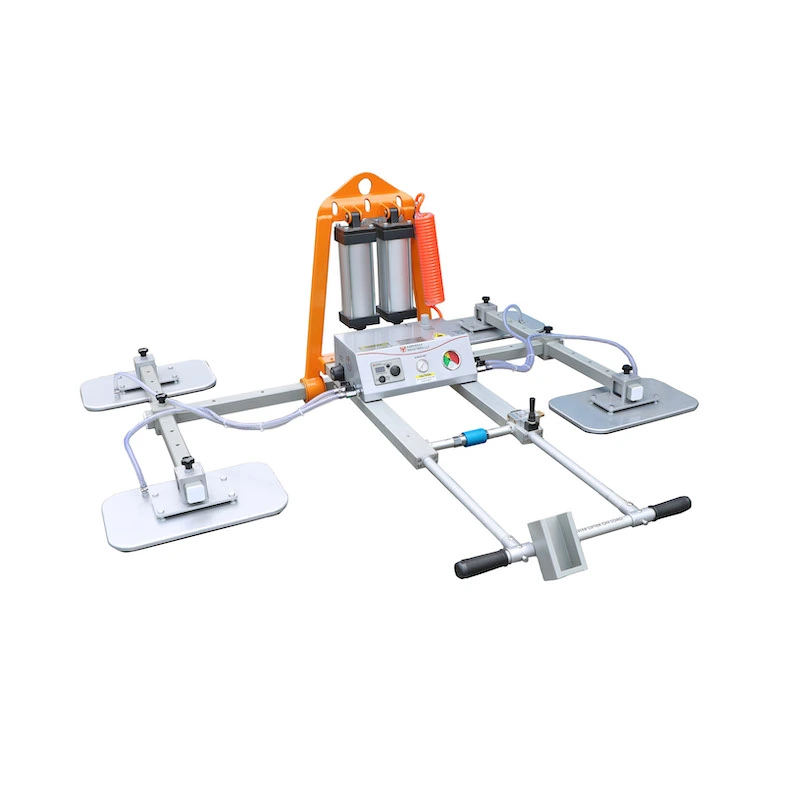
The Alarming Stats: Manual Handling and Back Injuries
Globally, manual handling injuries account for over a third of all workplace injuries. These incidents range from minor muscle strains to debilitating chronic conditions. Among them:
- 60% are back-related injuries, primarily affecting the lumbar spine
- Workers in logistics, warehousing, and construction are among the highest at risk
- Most injuries occur when lifting or lowering heavy, awkward, or unstable loads
This makes manual material handling tools and practices a critical area for occupational safety improvements.
Why Manual Material Handling Leads to Back Injuries
🔄 Repetitive Movements
Workers in warehouses and factories often repeat the same lifting motions hundreds of times a day, stressing the same muscle groups continuously.
🧱 Poor Lifting Techniques
Bending from the waist instead of the knees, twisting while lifting, or carrying objects far from the body significantly increases spinal pressure.
⚠ Awkward Load Shapes or Sizes
Materials that are unbalanced, heavy, or bulky can shift unexpectedly, straining the back or causing slips and falls.
🚫 Lack of Assistive Tools
Failure to use equipment like material handling carts and trolleys, forklifts, or a proper paver lifter increases the burden on the human body.
High-Risk Industries for Manual Handling Injuries
🏗️ Material Handling in Construction
Construction workers frequently lift cement, tools, and bricks on uneven ground. Using cranes and hoists or paver lifters is essential for reducing strain.
🏭 Material Handling for Manufacturing
Manufacturers move raw materials and finished goods between workstations. Ergonomic layout and automated material handling systems can dramatically reduce injury rates.
🧪 Material Handling in Food and Pharmaceutical Industries
Workers must maintain sterile environments while moving materials quickly—raising the need for vacuum lifters and bulk material handling systems.
🏪 Material Handling for Warehouses
Forklifts and warehouse material handling equipment must replace manual lifting where possible. Storing items at waist height also helps reduce bending and reaching.
How to Prevent Back Injuries from Manual Material Handling
✅ 1. Train Employees on Safe Lifting
Introduce material handling training programs that teach:
- Proper lifting posture (lift with the legs, not the back)
- The importance of load stability
- When to ask for help or use equipment
✅ 2. Invest in the Right Material Handling Equipment
Reduce manual strain with:
- Vacuum lifters for smooth, non-porous materials
- Aardwolf slab lifters for heavy stone slabs
- Jib cranes for vertical lifting in tight spaces
- Forklifts and conveyors for routine load transfers
Choosing the best material handling equipment for warehouses or facilities not only prevents injuries but also enhances workflow.
✅ 3. Automate Repetitive or High-Risk Tasks
Automated vs manual material handling is a key decision point for operations. Automation helps:
- Eliminate repetitive strain
- Increase accuracy and efficiency
- Reduce reliance on human strength
Explore the benefits of automated material handling systems for long-term safety and scalability.
✅ 4. Redesign Your Workflows
Implement smart material handling system design considerations by:
- Organizing materials closer to their point of use
- Raising platforms to eliminate bending
- Using overhead material handling systems to transport goods above the floor
✅ 5. Apply Safety Standards
Follow industry-recognized material handling safety standards and regularly audit your practices. Compliance helps reduce injury rates and insurance claims.
The Cost of Ignoring Manual Handling Risks
Back injuries cost more than just medical bills. They impact:
- Productivity – Injured workers may take weeks or months to recover
- Morale – Painful injuries lower employee satisfaction and engagement
- Legal risk – Companies ignoring safety standards may face lawsuits and fines
- Reputation – Poor safety records harm business credibility
Protect your team and your business by prioritizing safety through smart industrial material handling solutions.
When to Consider Upgrading Equipment
You should consider upgrading your systems when:
- Injuries are recurring
- Your workforce is aging or overburdened
- Throughput demands exceed human capability
- You find affordable options among used material handling equipment for sale
- You’re ready to work with leading material handling equipment manufacturers or material handling companies near me
Final Thoughts
What is the percentage of back injuries caused by manual material handling? The answer is alarming—over 20% of workplace back injuries stem directly from manual material handling tasks. That’s a statistic no company can afford to ignore.
Through the right combination of training, ergonomic planning, and equipment—such as paver lifters, slab lifters, and vacuum lifters—you can drastically reduce this risk, improve employee well-being, and enhance overall operational efficiency.

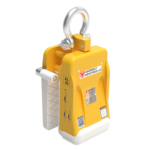
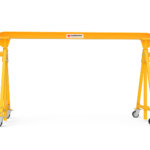
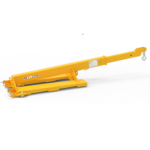
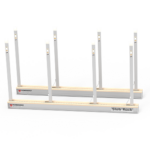
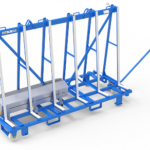
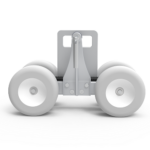
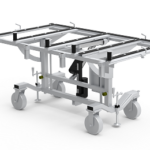
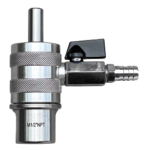
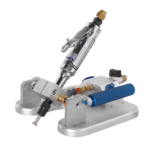
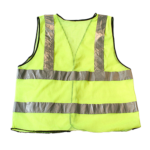

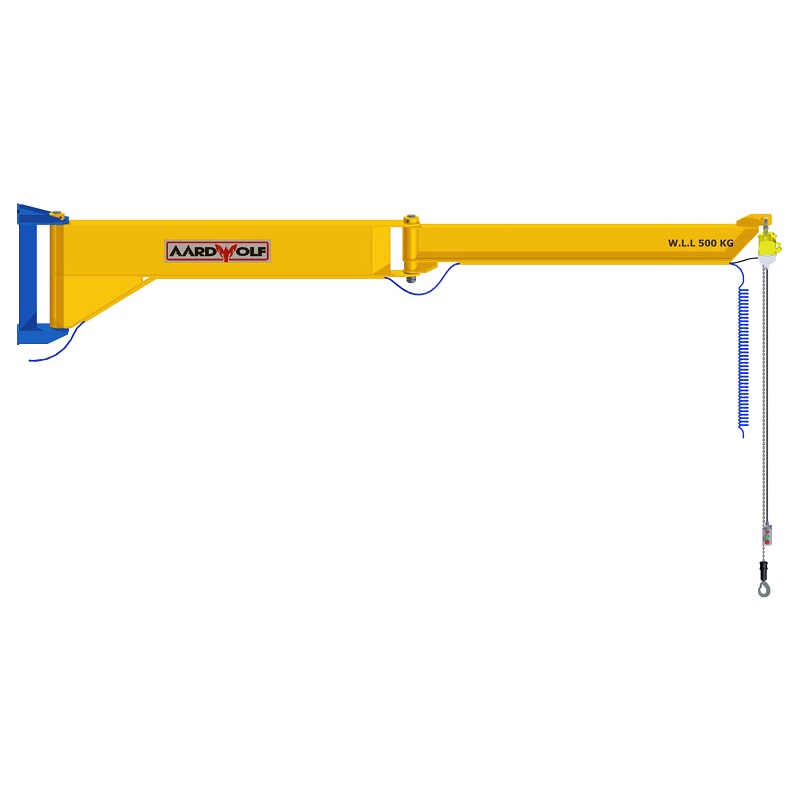
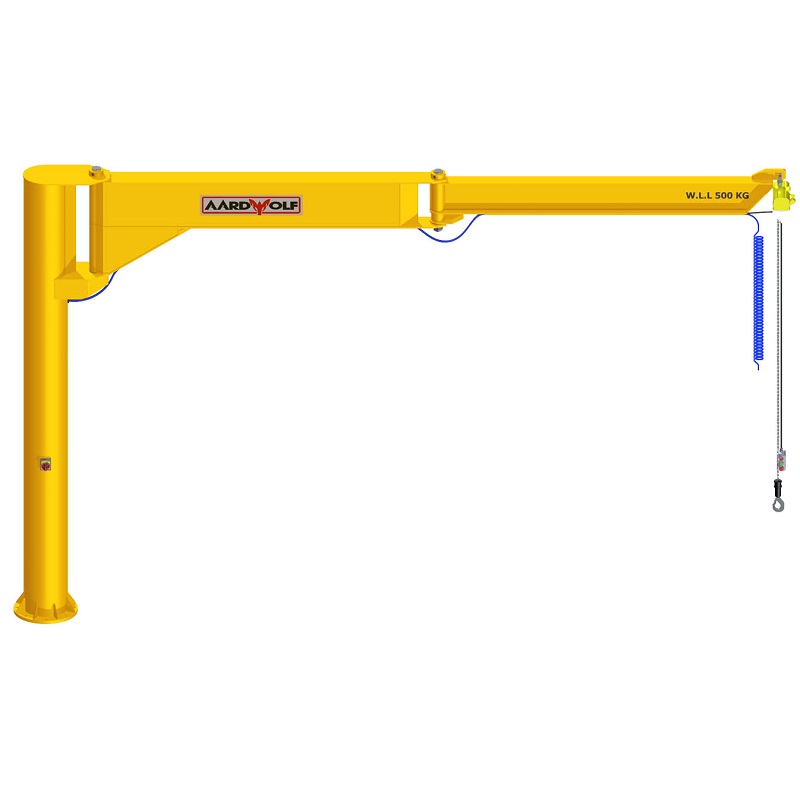
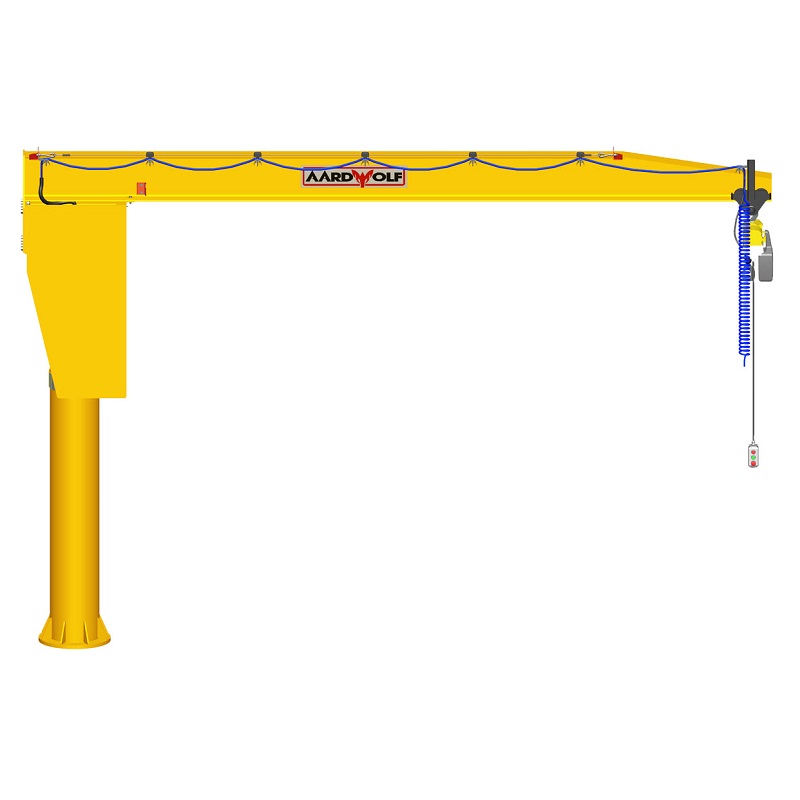


Please log in to leave a comment.